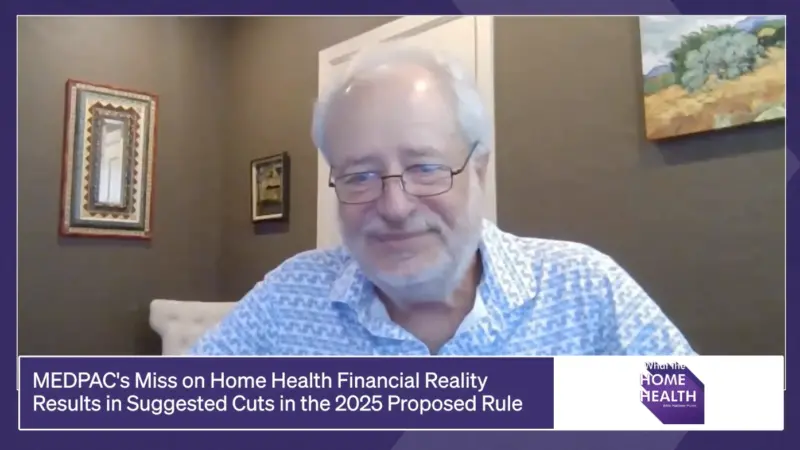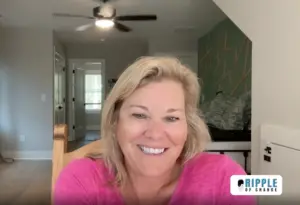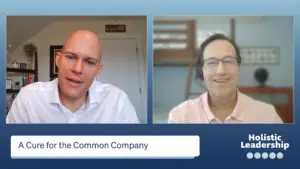What Can We Expect From the Impact of the Healthcare Worker Shortage?
Commentary:
What lessons can we learn from the healthcare worker shortage? How do health systems build trust with their patients?
In Jo Kline’s new book, Patient or Pawn?: Epic fails in health care, the approaching perfect storm and strategies for self-preservation, Kline shares the stark reality of America’s health care demographics and the system’s failure to acknowledge this predictable clash of supply versus demand. Most importantly, it offers straightforward action steps that empower both health care consumers and providers to achieve the best health outcomes, in spite of policy makers’ and stakeholders’ refusal to prepare for this inevitable crisis.
Daniel Litwin wanted to pick Kline’s brain about a couple topics that have been pervasive in the healthcare system: the health care worker shortage: What we know and what can be done about it
Abridged Thoughts:
Shortages are getting all the headlines, and it’s true there’s about 500,000 fewer health care workers than we had in February of 20 just before the pandemic. But what’s really happening here? It turns out an elder boom arrives about 70 years after a baby boom. And when this perfect storm of health care comes, the secret to accessing care and remaining safe will be having strategies for self-preservation. That’s what you’ll find in my book “Patient or Pawn?”.
Number one, we are going to have about 17 million more seniors people age 65 and older in America by 2030, 17 million more than today. At the same time, almost half of All-American adults of all ages have two or more chronic health conditions. Throw in the fact that a third to a half of today’s health care professionals will have retired by the end of this decade, “Patient or Pawn?” strategies for self-preservation are for providers and patients.







